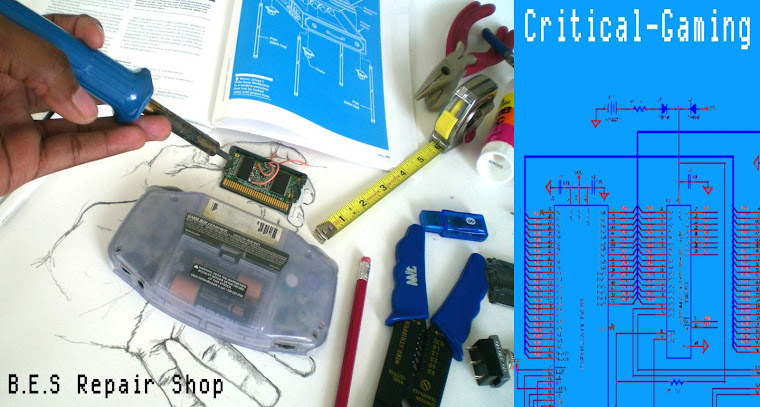Knowing what the player is most likely going through by what the counterpoint focuses on can be used to highlight specific examples of interplay, teach the player a new technique, reveal a less than obvious facet of the game, even trick the player into falling for tricks that seem "simple" and avoidable. Even so, when a game is built up of layered parts that restrict freedom (as opposed to building options from nothing), the player usually retains the ability to isolate elements form the multi-element whole and tackle the challenge piecemeal.
Sometimes, a group of Goomba can become your worst enemy. Remember all the interesting Goomba interplay I diagrammed? If it wasn't for counterpoint, I probably wouldn't have realized how deep the interaction with this simple enemy is.

These enemies are plentiful at the beginning of the game, yet they are almost completely replaced with Buzzy Beetles by World 8.
This image displays areas featuring the Goomba in Super Mario Brothers. Notice how each occurrence is slightly different. From the mechanic, to interplay, to variation and counterpoint, the Goomba is defined over the course of a game. Because the Goomba's function as an enemy to Mario can only be realized when multiple game elements and game ideas are layered together and when the player is trying to successfully play the game, the Goomba's definition becomes greater than just a small squash-able brown lump that slowly walks in one direction. Whether they're dropping down from higher platforms, making block steps come "alive," or blocking off narrow passages from a hasty player, the Goomba's function in Super Mario Bros. is greater than the sum of its parameters/rules/parts.
Such is counterpoint. And with that, the theoretical investigations in the Mario Melodies series is finished. But we're not done quite yet. Stay tuned for the parts that will blow your mind.


No comments:
Post a Comment